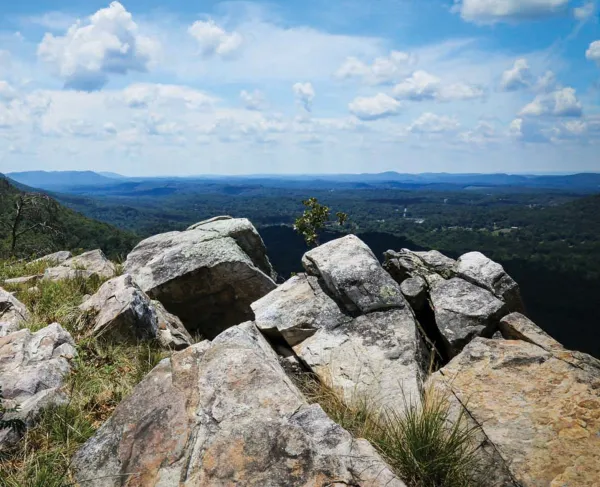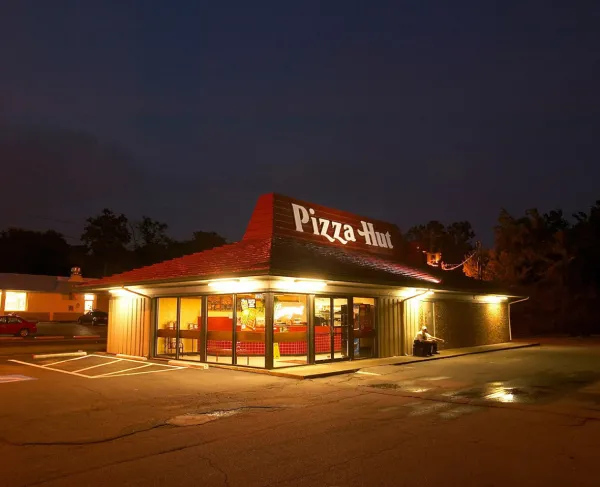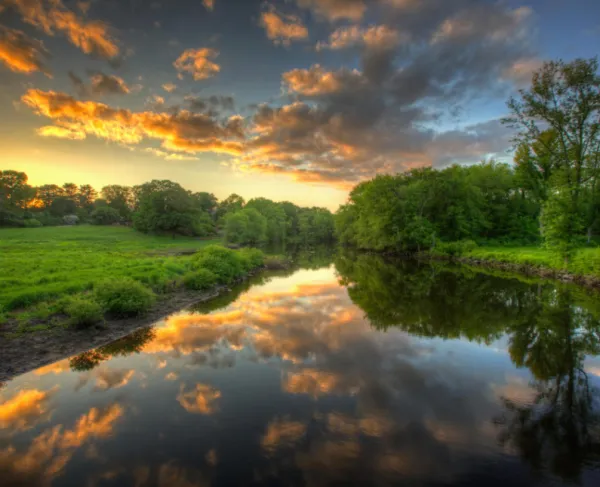Battlefields in Need Deserve Friends in Deed
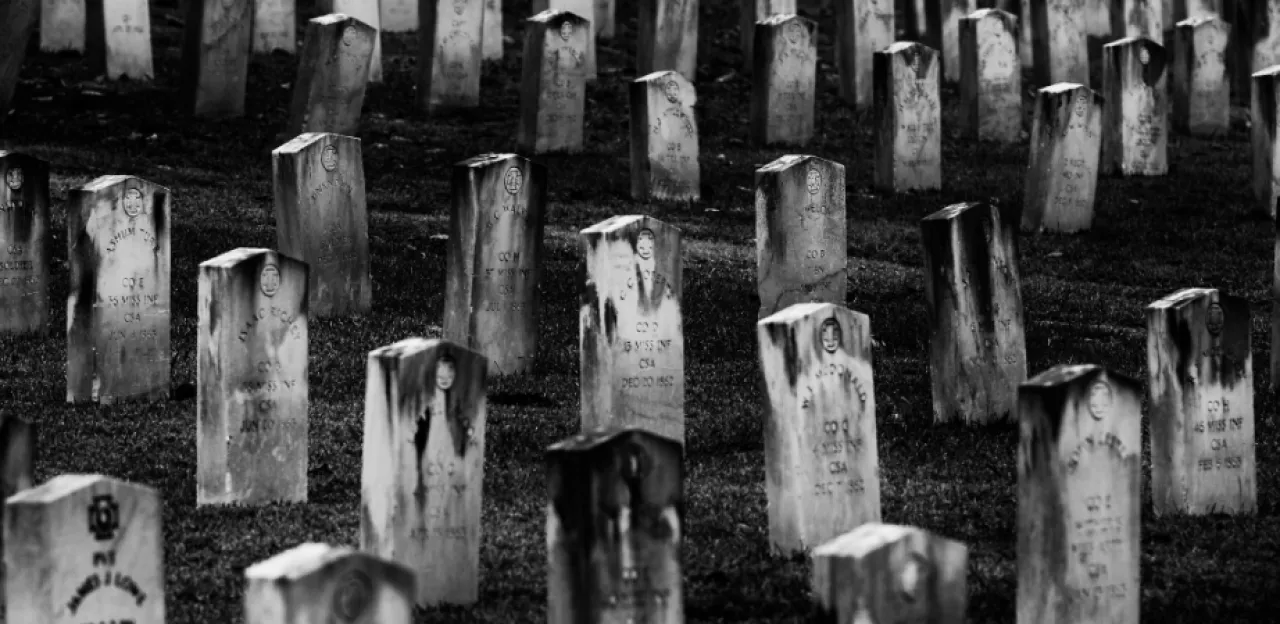
Hallowed Ground Magazine, Fall 2015 Issue
The Civil War Trust would like to recognize the critical role of local and regional preservation groups in battlefield preservation.
In the 1860s, Civil War battles had profound impacts on local communities, leaving residents with the heavy burdens of healing the physical and psychic wounds on the landscape. But in the 150 years since, the tables have turned — such that the advocacy and involvement of those residents shape the future of those same battlefields.
Today, local and regional friends groups are one of the most dynamic forces in historic preservation and site management. Nationally, there are more than 100 such groups that are solely devoted to battlefield protection, interpretation and advocacy, in addition to numerous others that include such activities within their broader missions, according to the recent update to the Civil War Sites Advisory Commission report completed by the National Park Service’s American Battlefield Protection Program.
The report notes that among the critical roles played by such groups, they “serve as vital partners in public-private preservation efforts, acting as conduits for public funds, raising critical private matching funds, keeping history and preservation in the public eye, and working with landowners to find ways to protect battlefield parcels.”
Like the battlefields themselves, the greatest concentration of these groups occurs in Virginia, where more than a score exist. And as may be expected, the most famous battlefields tend to be well represented among the sites to benefit from such attentions — Gettysburg and Antietam, for example, have two each — but smaller and more remote engagements have advocates of their own, too. For example, North Dakota’s Whitestone Hill Battlefield Historical Society works alongside state agencies to educate visitors to this 1863 Dakota conflict site, and the Glorieta Battlefield Coalition is active at the “Gettysburg of the West” in New Mexico.
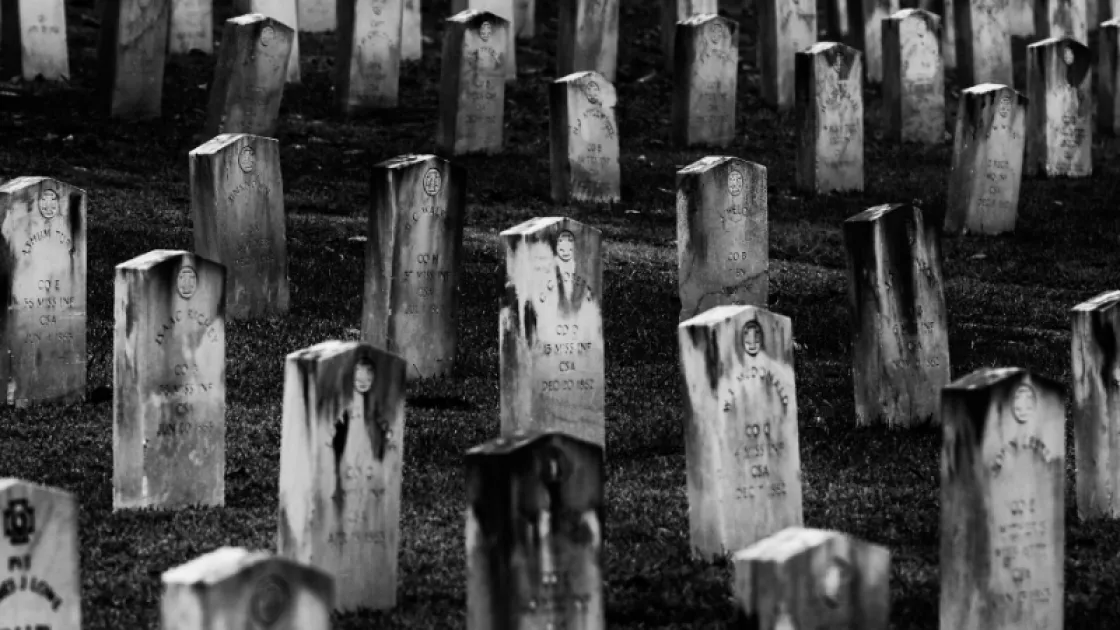
The preponderance of these local groups have been founded in the 30 years since the emergence of the modern battlefield preservation movement, but some of them have existed for decades longer. North Carolina sites, in particular, have benefitted from these long-term partnerships. The New Bern Historical Society was founded in 1923, the Bentonville Battleground Association (today the Bentonville Battlefield Historical Association, Inc.) in 1957 and the Friends of Fort Fisher in 1960. Other long-standing groups include the Kennesaw Mountain Historical Association, Inc. (1948), the Wilson’s Creek National Battlefield Foundation (1950) and the Gettysburg Battlefield Preservation Association (1959).
In addition to broad support and advocacy for their respective battlefields, many groups have undertaken ambitious signature projects to protect and restore historic landscapes or upgrade the visitor experience. Maryland’s Friends of South Mountain State Battlefield, formed in 2002, provides funding to support two Civil War museums, reenactments of the Battle of South Mountain, lighting of the War Correspondent’s Arch and additional community education projects. Friends of the Siege and Battle of Corinth have worked diligently since 1993 to procure additional battlefield land and donate it to Shiloh National Military Park’s Corinth Unit.
Just three years after its founding in 1986, the Friends of Chickamauga and Chattanooga National Military Park raised $3.6 million toward the year-long commemoration of the centennial anniversary of the first federally recognized Civil War battlefield park — still a gold standard for locally based fundraising efforts. The group’s activity has remained steady, hosting an ongoing stream of educational and recreational events across the park’s various units.
In Mississippi, the Friends of the Vicksburg National Military Park and Campaign helped orchestrate the Civil War Trust’s recent land purchases and have undertaken a series of impressive interpretation and landscape restoration projects. First, the group began replacing the 150 cast-iron interpretive tablets removed in 1942 as part of a World War II scrap metal drive. After the park completed a cultural landscape plan and environmental assessment of its 1,800 acres in 2009, the organization began a $300,000 project to restore strategically chosen vistas to help visitors better picture the battlefield’s period appearance. More than 90 acres were cleared of non-historic woodlands and groundcover, including the earthworks and artillery positions associated with the city approaches of Old Jackson Road, Battery DeGolyer and Third Louisiana Redan; Railroad Redoubt and Fort Garrott; and Graveyard Road, near its intersection with Union Avenue. This ambitious project was made possible by the vision and generosity of Mr. and Mrs. John L. Nau — the Trust’s chairman emeritus and a founding trustee of the Friends of Vicksburg.
Virginia’s Friends of Wilderness Battlefield (FOWB)is the primary provider of ground maintenance at Ellwood Manor, as well as providing regular on-site interpretation and special programming. Ongoing fundraising efforts have facilitated an extensive, multiphase stabilization, restoration and interpretation project for the historic home, which served as the Federal V Corps headquarters during the May 1864 battle. During this, its 20th anniversary year, FOWB has planned an extensive array of volunteer opportunities and public outreach events to celebrate two decades of serving as the National Park Service’s chief partner and the battlefield’s major steward.
Friends of Perryville Battlefield, near Lexington, Ky., partnered with Ball State University and the state battlefield park to create a smartphone tour of the battlefield. Moreover, the organization is currently participating in a public-private partnership alongside Kentucky’s Department of Fish and Wildlife and the Kentucky Land Heritage Conservation Fund to underwrite the restoration of 100 acres of the battlefield to an accurate natural habitat for regional wildlife.
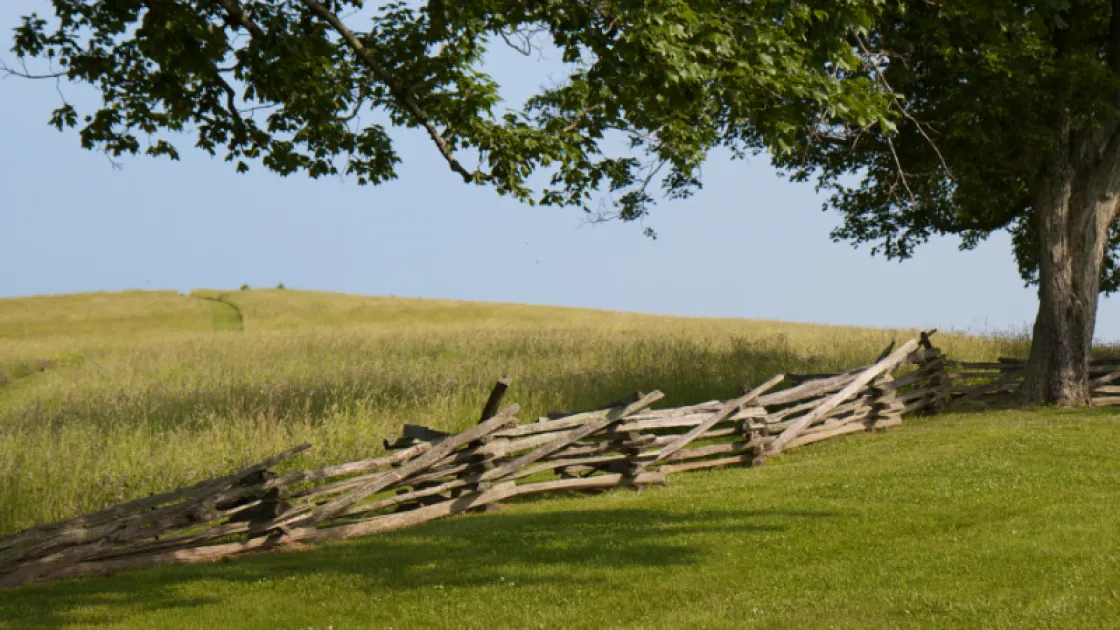
Tennessee and Virginia both have a robust culture of local friends group activity, but even there, only 39 and 28 percent of battlefields, respectively, boast a dedicated partner organization. That leaves a plethora of battlefields without any established advocate that could greatly advance their standing in the community, particularly given the tremendous success such groups have had in securing battlefield land acquisitions.
The Parker’s Crossroads Battlefield Association has facilitated the protection of nearly 350 acres of battlefield land, installed and maintained miles of interpretive trails and established a visitor center. In Middle Tennessee, groups like Save the Franklin Battlefield, Inc., and Franklin’s Charge have gradually turned a once all-but-forgotten battlefield into an emerging heritage tourism destination and archaeological resource.
In the Old Dominion, the Shenandoah Valley Battlefields Foundation, founded in 2000 to encourage preservation activities within the Shenandoah Valley Battlefields National Historic District, has been instrumental in protecting more than 3,000 acres, and the Central Virginia Battlefields Trust has worked to set aside more than 1,060 acres in the area around Fredericksburg — including a $1 million contribution toward the Trust’s purchase of the Slaughter Pen Farm.
Another common activity for friends groups is to engage in maintenance and upkeep projects at battlefield parks, often greatly enhancing the capabilities of limited professional staff. In fact, a large number of the more than 100 participating sites in the Trust’s annual Park Day event are sponsored locally by friends groups. Moreover, they are key allies in grassroots activism efforts, including those aimed at stopping inappropriate development on and near battlefields.
Encouragingly, new, proactive friends groups continued to be founded at battlefields throughout the sesquicentennial period. The Manassas Battlefield Trust has been so successful in its first two years that it is taking the important step of hiring a professional executive director, rather than depending solely on volunteers. Meanwhile, Dinwiddie County, Va., has received a grant from the National Park Service to help defray the costs of establishing a long hoped-for citizens’ advocacy group for the battlefields around Petersburg.
Truly, these locally based advocacy organizations are key partners in myriad Civil War Trust efforts and initiatives. Countless successes of this organization would not have been possible — or even been identified — without the active engagement of friends groups across the country. We salute them for their past successes and look with confidence toward facing future challenges with them at our side.
